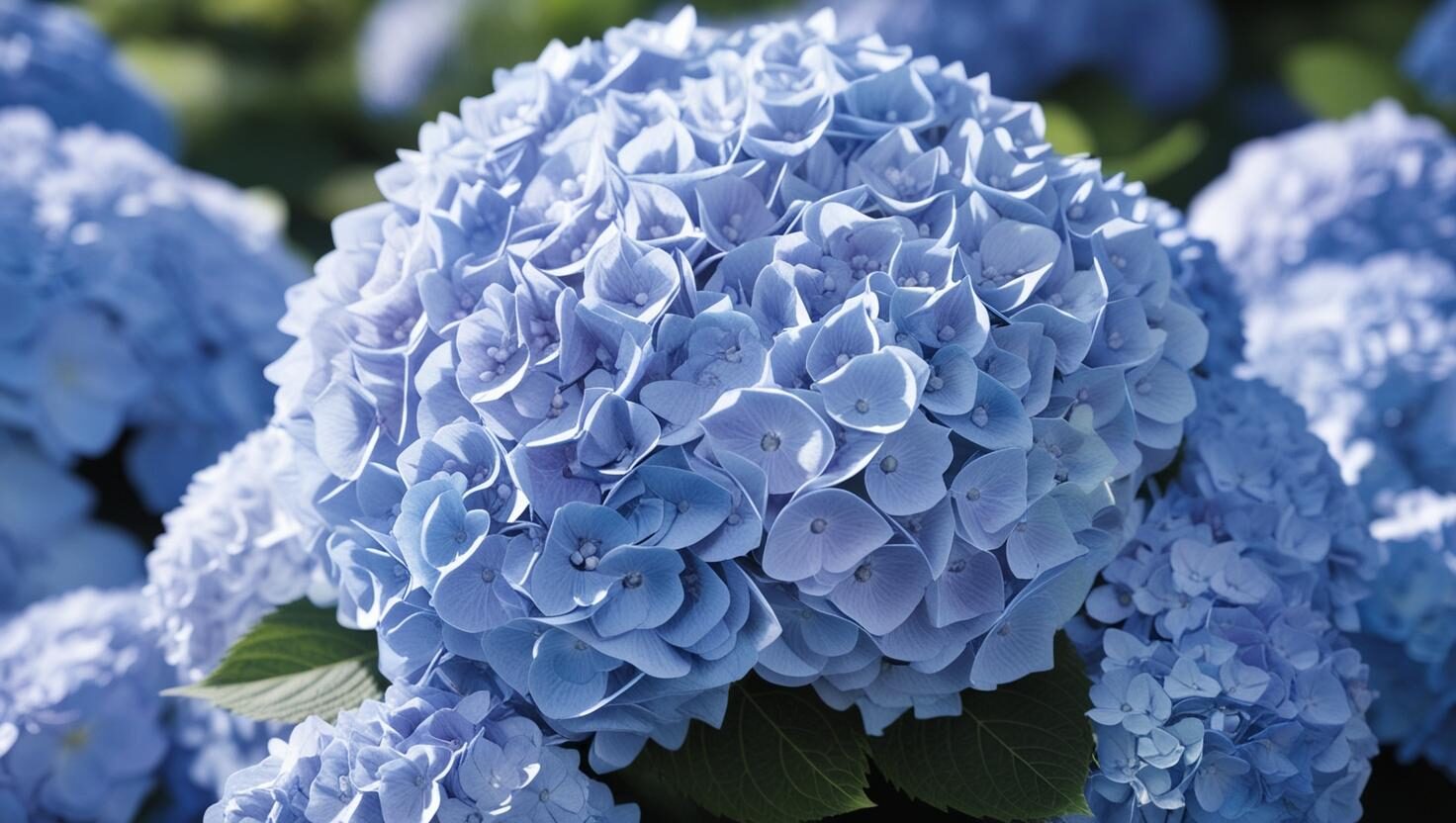
Reading Time: mins
Color is one of the most powerful tools in an artist’s visual vocabulary. It influences mood, directs focus, and evokes emotion—often before a viewer even understands the subject of a piece. But beyond its visual impact, color carries layers of cultural meaning that can transform how your work is interpreted around the world.
Have you ever used red to show love, only to realize it symbolizes mourning elsewhere? Or chosen white for purity, unaware that it represents death in some cultures? These symbolic meanings are deeply rooted in history, religion, and social values. Whether you’re designing a logo, painting a portrait, or curating an exhibition, cultural awareness of color symbolism can enrich your storytelling—and prevent unintentional miscommunication.
In today’s increasingly global world, artists, designers, and creatives of all kinds benefit from understanding how different cultures interpret color. This post explores the meanings of common colors—red, blue, green, yellow, black, and white—across various regions and belief systems. You’ll not only gain insight into cultural perspectives, but also learn how to use color more intentionally in your own work.
Let’s explore what some common colors mean in different parts of the world.

In your art: Red can feel celebratory, romantic, or intense—depending on cultural context.


In your art: Blue’s emotional range is vast—it can soothe, isolate, or spiritualize.


In your art: Use green mindfully, especially in clothing or symbolic objects.


In your art: Yellow can be both joyful and jarring—great for emphasis, but it needs balance.


In your art: Consider swapping traditional black/white symbolism depending on the narrative or region your work reflects.

Whether you’re painting, designing, or creating digital art, understanding color symbolism adds a thoughtful layer to your work. If you’re telling cross-cultural stories or marketing your art internationally, it’s worth digging into how colors will be perceived.
👉 Tip: Try researching local color meanings before choosing a palette for international projects. What feels “lucky” in one place may be offensive or ominous in another.
What colors do you associate with emotions, rituals, or personal history? Have you ever used color to convey cultural meaning in your art?
Drop your thoughts in the comments, or share your latest work using a culturally-inspired color palette!

Copyright © 2025. Artsy Blossom. All rights reserved.
Designed and Hosted by Sairi Digital Solutions